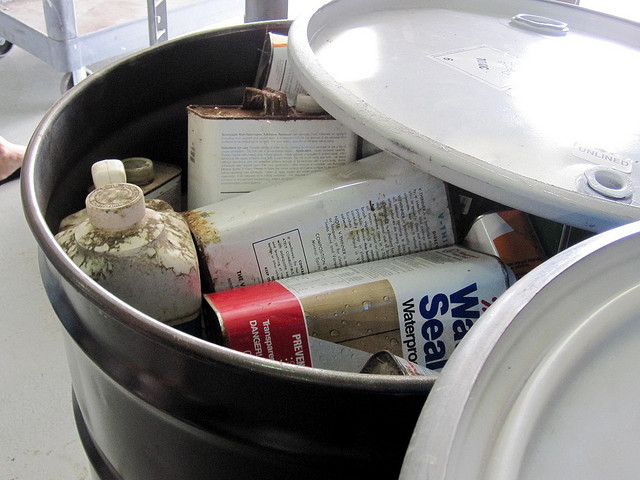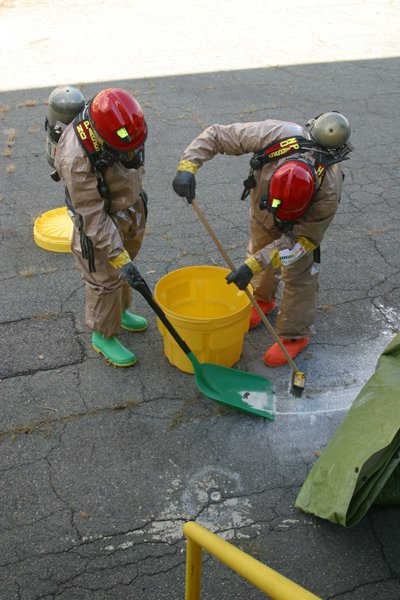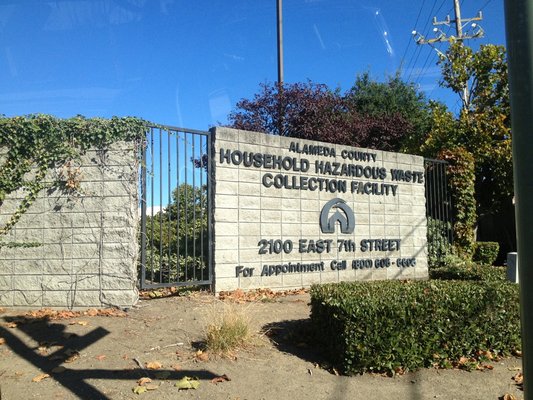Hazardous materials are substances that pose a risk to human health and the environment. They can be liquid, solid, sludge, or gas; and may be the byproducts of industrial/manufacturing operations or discarded commercial products such as pesticides and cleaning solvents. These materials can be stored inside buildings or outdoors, depending on the type of substance and local regulations. There is limited geo-referenced data about the majority of numerous sites that store or transport hazardous materials around the Bay Area. For this reason, our assessments have focused on a subset of regulated hazardous material sites that have geospatial and other data available.
Key findings
Our projects on Alameda and Contra Costa Counties found that many hazardous material sites around the Bay area are in areas prone to current flooding (100 year flood plain) and many more will be at risk from various levels of sea level rise. Vulnerability assessments and adaptation planning projects led by counties in the region, specifically San Mateo County (https://seachangesmc.com/), also found that many of the hazardous materials sites in their counties were vulnerable. Flooding during a storm event could cause releases of hazardous materials if they are improperly stored. Release could also occur if floodwaters enter tanks and force out toxic liquids, or if uncontained wastes – in pits or piles – come into contact with floodwaters.
The release of hazardous materials into flood waters can expose people where they live, work, and recreate to substances that are harmful to their health and safety; and harm water quality. If released materials are highly persistent and very mobile, they can also have long-lasting and far-reaching impacts on wildlife and habitats. Facilities that generate or store hazardous materials are often job sites, and their disruption or closure can affect the economic health of the neighborhood, city, or region where they are located.
Publically available, geo-referenced data about hazardous materials sites is available only for facilities that produce a certain quantity of waste. While local Certified Unified Program Agencies (CUPAs) implement many federal and state laws and hazardous wastes regulations, and therefore have information about the types and amounts of materials stored within their jurisdiction, this information is not publically available. Many CUPAs are housed within local fire departments and this local knowledge can help responders during an emergency, if the appropriate staff are on-site and available during an event. However, the lack of readily available, standardized geo-referenced information poses a significant challenge to planning for sea level rise and storm events.
Project Findings and Materials

For more information:
- Jaclyn Mandoske
- Jaclyn.Mandoske@bcdc.ca.gov
- 415-352-3631


